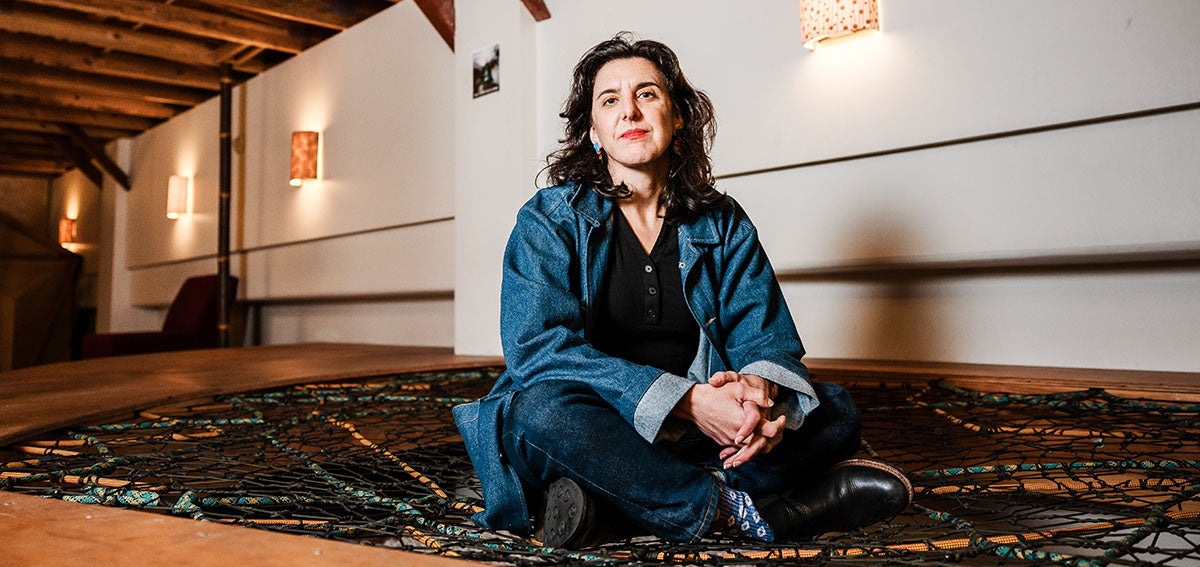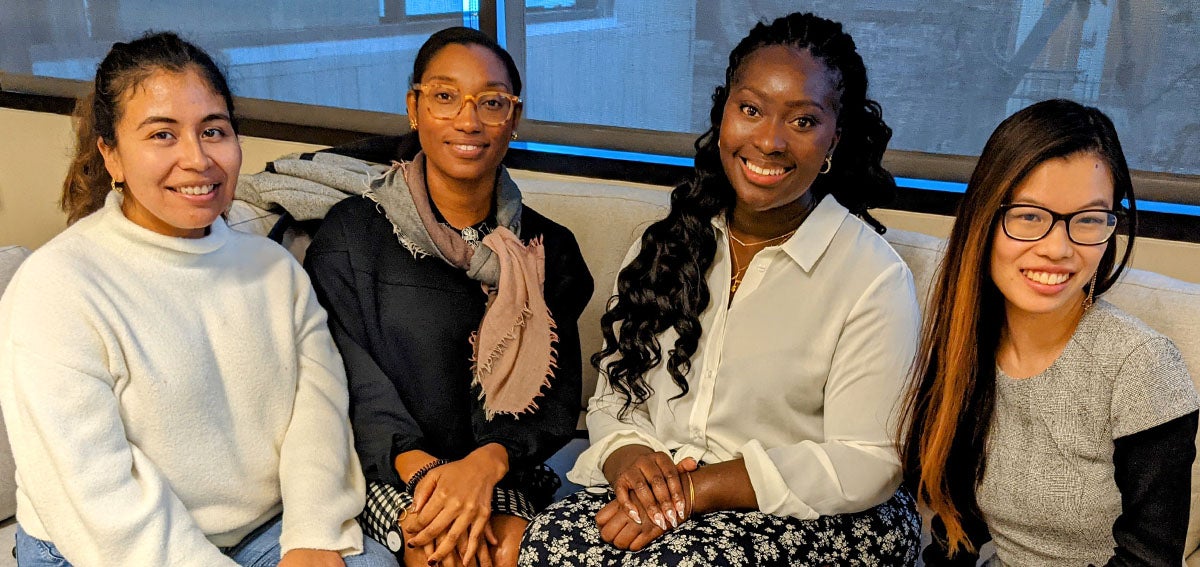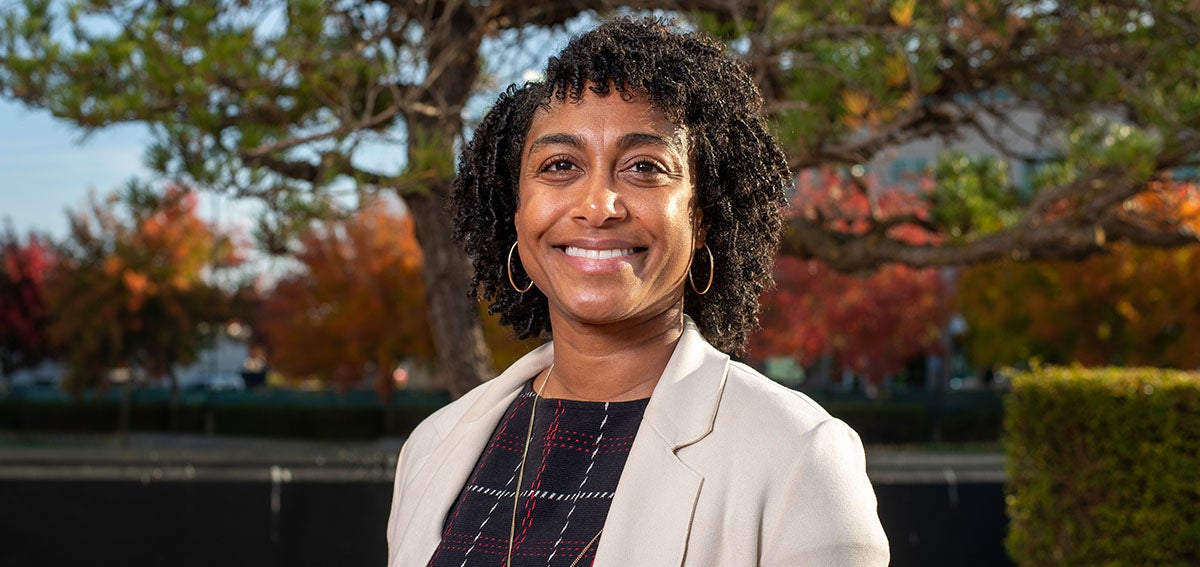|
Getting your Trinity Audio player ready…
|
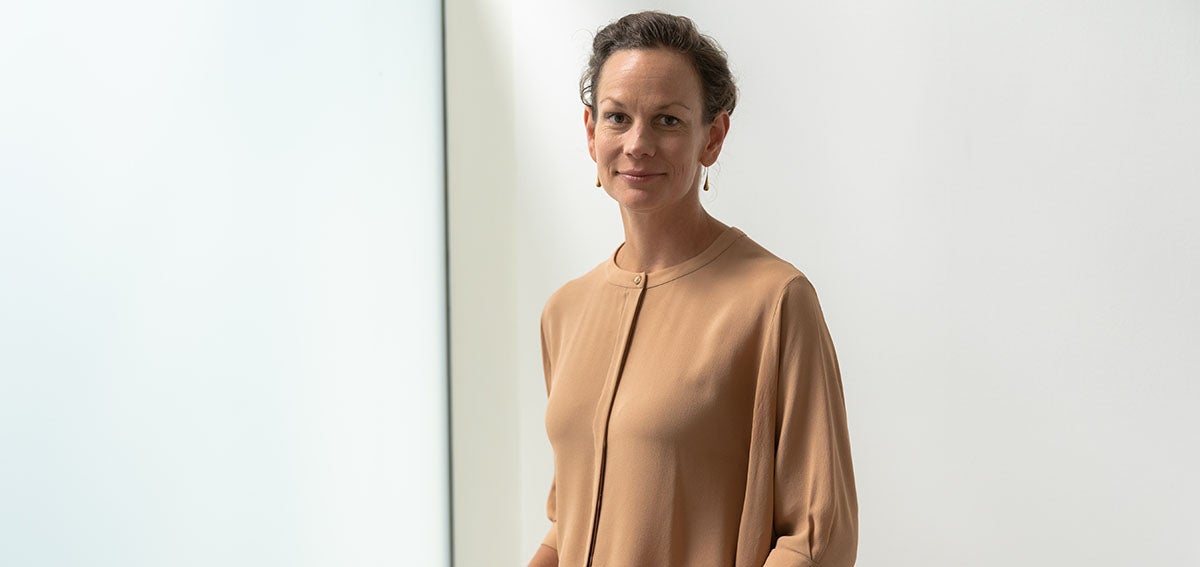
When it comes to equal access to care, telehealth has the potential to be a game changer. It enables people who ordinarily can’t keep appointments because of transportation difficulties, caregiving responsibilities, or inflexible work schedules to have more efficient and convenient appointments. This results in more touch points with their doctor.
One demonstration of this improved access is that increased uptake of telehealth corresponds with a decrease in no-show appointments. Ordinarily, about 18% of people scheduled to see their doctor don’t make it to the appointment. During the pandemic when telehealth use exploded, the no-show rate dropped to 7.5%.
“The drop in no-show rates, I think, is really telling the story of the potential of telehealth,” said Sofi Bergkvist, president of the Center for Care Innovations (CCI), a nonprofit dedicated to supporting the health care safety net. She said that many health care providers now are able to see patients who earlier had difficulties making it into the clinic — caregivers to young children or elderly adults, and hourly workers or day laborers who can’t take time off work without losing a shift.
There is great potential for telehealth to improve care for traditionally underserved communities. In a 2020 survey of Californians, respondents with low incomes disproportionately used telehealth services compared with all respondents, and 76% of patients of color used telehealth services compared with 48% of White patients. Nearly two-thirds of respondents who had low income or were people of color said they would choose telehealth over an in-person visit in the future.
Despite this encouraging evidence, research suggests that the same people who could most benefit from telehealth often have the greatest difficulty obtaining virtual care. Obstacles include lack of access to a smartphone or a stable internet connection and the fact that many telehealth platforms are not yet accessible to people with a preferred language other than English.
To overcome these barriers, CHCF joined with CCI and Cedars-Sinai Medical Center in a new initiative to tackle equity problems in telehealth.
Improving Equitable Access
The program is a follow-up to the Connected Care Accelerator (PDF), an earlier effort by CHCF and CCI that aided rapid expansion of telehealth services at 45 safety-net organizations during the pandemic. “That focus was really around turning the light switch on overnight,” said Diana Camacho, a senior program officer for CHCF’s Improving Access team. “Implementing the technology, developing the workflows, doing the nitty-gritty work that you needed to do to go from zero telehealth visits to most care being delivered by telehealth.”
Evaluations of the project found that, although telehealth use increased dramatically from 0% of primary care visits in 2019 to 33% in 2021, when it came to video visits, people weren’t obtaining care equally. Disparities emerged among people whose primary language is not English and older adults who lack digital literacy or access to technology.
“Despite the enormous progress in the use of telehealth, based on what we learned from the first phase, we thought that more needed to be done to ensure that the benefits of telehealth were reaching everyone,” Camacho said. “This next phase of the Connected Care Accelerator we’re calling the Equity Collaborative, and it’s taking what we learned in the first phase to support telehealth models to really focus on advancing equitable access to telehealth.”
The Equity Collaborative consists of a yearlong learning partnership, professional coaching, and $75,000 in financial support for community health centers to design, scale, and share strategies to extend the benefits of telehealth to all Californians. Most of the 22 participating organizations are working on increasing uptake of video appointments, providing video or audio-only telehealth to people whose preferred language isn’t English, or overcoming digital barriers to care.
A Focus on Video
For San Joaquin Health Centers (SJ Health), which has six clinics in French Camp and Stockton, increasing the percentage of video telehealth visits is the number one priority. Roughly 35% of primary care visits now are done via telehealth, but only 5% of those are over video. About 39% of San Joaquin Health’s 40,000 patients are Latino/x, and 86% are on Medi-Cal.
More research is needed to determine if there are significant differences in the quality of care between phone and video visits. Some providers think audio-only visits are not as effective, although surveys show that the overwhelming majority of patients say they are satisfied with their telehealth care, regardless of the medium.
According to Ahad Yousuf, a program manager at SJ Health who oversees programs aimed at improving access to health care and the user experience, logistical obstacles for both patients and providers are a big problem when trying to shift to video. “Providers need a webcam, they need to have speakers, they need to have a good internet connection, whether it be at home or in our clinics,” he said. “We’re currently working to build that telehealth infrastructure, to get all the telehealth peripherals for our providers and their teams.”
On the patient side, Yousuf estimates that 25% to 35% don’t have access to a smartphone. To get around that problem, he said SJ Health is exploring the possibility of placing telehealth kiosks in the waiting rooms and throughout the community.
SJ Health plans to use funds from the collaborative to purchase equipment to strengthen the organization’s telehealth infrastructure and hire a coordinator who would screen, educate, and walk patients through their telehealth visits. “We are definitely a community where there are disparities in access to technology,” Yousuf said. “These are things that we’re hoping the Equity Collaborative will help us with.”
Learning from One Another
An important aspect of the Equity Collaborative is learning from other participating organizations’ successes and failures. Even though the lived experience of a patient in the Central Valley might be different from that of a patient in Los Angeles, a lot of the challenges, particularly around language and technology barriers, are the same.
“We have found that bringing these organizations together to share and learn has been very fruitful,” Camacho said. “A lot of them are having the same challenges, they’re trying to address the same questions, and they can share resources so they’re not having to reinvent the wheel.”
Another key component is learning from the patients themselves. Participating organizations interview patients about where the pain points are when it comes to accessing care. Bergkvist said this is a critical part of the process when designing an intervention because the organization’s viewpoints on a problem usually differ from how patients see the problem. “We always see a change or refinement. . . after they’ve done the patient interviews,” she said.
One example Bergkvist gives from a past program was an initiative planned to improve access to telehealth specialist services for people experiencing homelessness. The health care organization wanted to buy and distribute smartphones to their patients, but through interviews they learned that not a single person wanted one. Their reasons varied. Some felt that a smartphone was a security risk, while others worried it would be used to track them. However, the patients did want to participate in appointments from a place where they spend their time to avoid having to travel to the clinic. As a result, the organization instead invested in their street outreach team, who would bring devices to patients only when it was time for their appointments.
Equity in Telehealth Means Equity in Health Care
To realize the full potential of telehealth and advance the cause of health equity, this type of creative problem solving is necessary to overcome barriers to care.
“The people who are facing the digital barriers are often the same families that are facing challenges in terms of transportation and competing demands,” Bergkvist said. “Telehealth has huge potential to improve equity and access to care, but we’re not going to get there until we address the digital and language barriers.”
Authors & Contributors
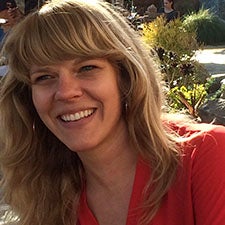
Dana G. Smith
Dana G. Smith, PhD, is a freelance health and science writer based in North Carolina. She has written for many publications, including Scientific American, Popular Science, Medium, The Atlantic, and The Guardian. Prior to pursuing a career in journalism, she earned a PhD in experimental psychology from the University of Cambridge.

Kristen Murakoshi
Kristen Murakoshi is a San Francisco Bay Area–based editorial and commercial photographer specializing in food and farming stories, lifestyle, and portraiture. Her work exists at the intersections of visual storytelling, cultural preservation, and the magic of the sacred and mundane.


